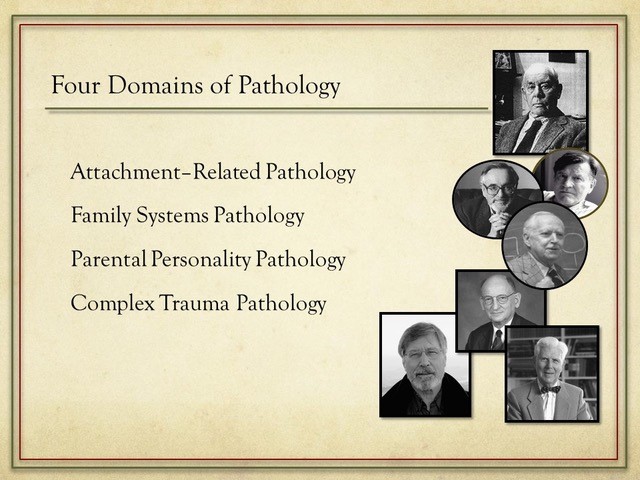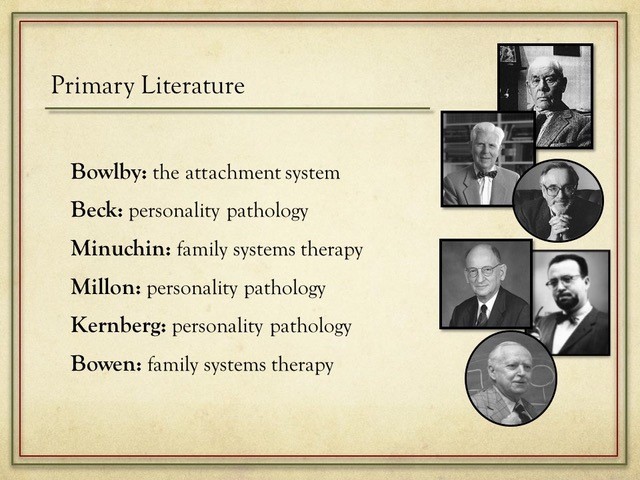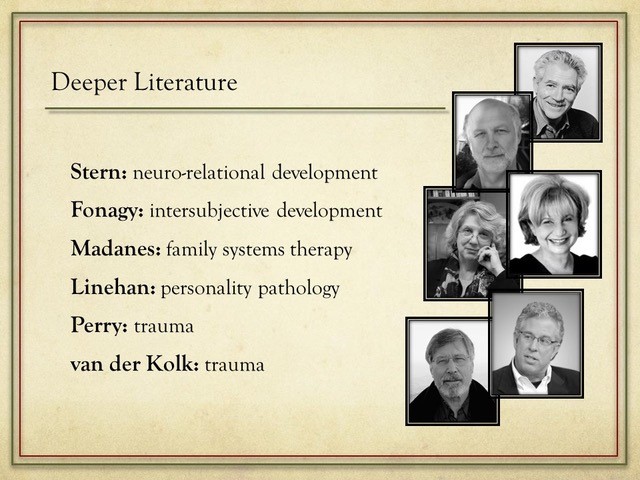I am attaching two documents I have recently provided to groups asking for my assistance. These Briefs, one to the Israeli Ministry of Justice and one to the Kansas Legislature describe the pathology of parental alienation. There is a good deal of overlap in these documents, yet also areas of difference in focus.
After writing many reports for the court in individual cases I have basically developed modules describing the different aspects of the pathology. For example, as you can see in the Briefs, there is a module for describing the family systems constructs, there is a module for describing psychological control, there is a module for describing the attachment pathology.
If you would like me to write a Brief in support of changes occurring in the Netherlands, I would be happy to do this. What I would suggest is to look at the two Briefs I wrote and provide me with guidance on what content you would like to include. Articles 1 and 2 of the Petition to the APA also describe the pathology and I can draw from these descriptions as well.
Long-Term Damage
The issue of damage is problematic as there is minimal research on damage from "parental alienation" for a variety of reasons. It's not something that is researched because it is nearly impossible to define "parental alienation" in the families who could participate in research. How is the participating family in the research identified-diagnosed as having "parental alienation" and then that family would need to be tracked for years, looking at the damage. But is any damage that develops with the children due to "parental alienation" or to other factors within the family. Research on damage from "parental alienation" is nearly impossible.
We are looking to establish a pilot program for the family courts in Houston, Texas. This pilot program would be the first opportunity for a comprehensive research program on "parental alienation" in high-conflict divorce. The diagnosis of the population as exhibiting "parental alienation" (as defined by the three diagnostic indicators of AB-PA) would be clearly established at the start of their court-ordered participation. We could then study the various aspects of the pathology over the course of the family's participation in the AB-PA pilot program for the family courts.
But research coming out of the pilot program would not be looking at damage, because there would be no damage, because we are fixing things. Damage studies also have ethical problems. We're not allowed to sit around and do nothing to solve a problem in order to study how much damage is caused to people. If damage is being caused, we have to fix things. That is an ethical obligation. Damage studies are hard.
Four Types of Relationship
The argument I am advancing surrounding the damage issue is the four types of parent-child relationship argument. There are four primary types of parent-child bond; mother-son, mother-daughter, father-son, father-daughter. Each of these relationship types is crucial to the healthy emotional and psychological development of the child. None of these relationship types is more valuable than another. All of them are crucial and none of them are expendable.
The power of this argument is carried in the final phrase - none of them are expendable.
This argument forces the other side to argue that a mother-daughter relationship is more important than the father-daughter relationship, or that the father-son relationship is not important and is expendable. This is an impossible argument for them to make. All of these relationship types are equal in value, all of them are crucial to healthy child development, and none of them is expendable.
You can read the module for the 4 types of parent-child relationship argument in the Brief to the Kansas Legislature. I would recommend that this be the line of argument. Force the other side to cite research that the father-son relationship is more important than the mother-son relationship, or that the mother-daughter relationship is expendable. There is no such research.
For the other side to even suggest that one type of relationship is expendable is absurd and unsustainable.
Cutoff Family Structure
The other argument I am advancing to address the damage issue is that a "cutoff family structure" (Bowen) is always pathological. A healthy post-divorce separated family structure is united by the child's shared bonds of affection with both parents.
There are four domains of professional knowledge required for professional competence in the assessment, diagnosis, and treatment of attachment-related family pathology surrounding divorce:
- The attachment system,
- Personality disorder pathology,
- Family systems therapy,
- Complex trauma.
The recommended curriculum would include:
- John Bowlby: Attachment
- Aaron Beck: Personality disorder pathology
- Salvador Minuchin: Family systems therapy
- Theodore Millon: Personality disorder pathology
- Murray Bowen: Family systems therapy
- Otto Kernberg: Personality disorder pathology
- Bessel van der Kolk: Complex trauma
- Chloe Madanes: Family systems therapy
- Attachment Research: Handbook of Attachment
- Peter Fonagy: Intersubjectivity
- Daniel Stern: Intersubjectivity
- Marsha Linehan: Personality disorder pathology



A cutoff family structure is never healthy. Let the other side try to argue that a cutoff family structure is healthy. It's not.
If you want me to write a Brief to the Netherlands Youth and Family Ministry, look over the attached material and we can talk about what information modules you would like included.
Best wishes,
Craig Childress, Psy.D.

